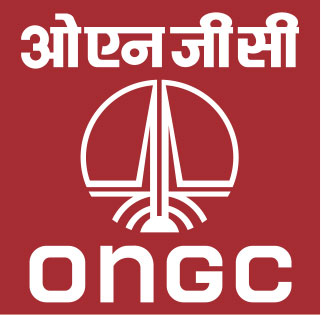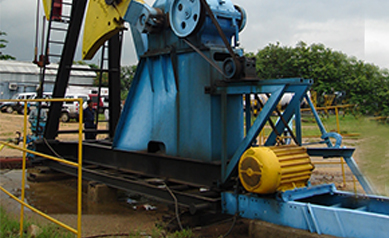
ONGC initiated its Coal Bed Methane (CBM) exploration as an R&D endeavour in 1995 in the Durgapur depression of Raniganj basin. ONGC carried out an evaluation of India’s coalfields in 1997 and prioritized the coal basins of India as potential targets for Coal Bed Methane exploration. This foresight of the company yielded fruit when the first R&D well in Jharia flowed Methane in September 1997.
With the advent of CBM Policy in 2001, ONGC bid for Blocks and also secured the Raniganj and Jharia blocks on nomination basis. Over the years, Government of India awarded total thirty-three Coal Bed Methane Blocks by various operators of which ONGC was awarded nine acreages. However, with the relinquishment of the Wardha, Satpura, North Karanpura (W), Barmer–Sanchor (BS-3) and South Karanpura Blocks, ONGC presently operates in four CBM acreages.
This activity was initially operated as a part of CBM-BPM Basin, Kolkata, with a Forward Base at Bokaro. However, in view of the enhanced activity, Coal Bed Methane Development Project, ONGC, Bokaro was established in 2007 to carry out focussed and dedicated E&P activity.
ONGC has invested Rs. 4,000 crore to develop its four Coal Bed Methane (CBM) gas blocks. Two of the four blocks—in North Karanpura and Bokaro, in Jharkhand—would start production by the second half of 2017-18. It had won the Bokaro block in the first round of CBM block bidding in the year 2003. Besides this ONGC is also operating the North Karanpura block and Raniganj North CBM block in West Bengal. The Jharia block is estimated to hold 85 billion cubic metres of gas reserves, North Karanpura 62 billion cubic metres, Bokaro 45 billion cubic metres and Raniganj North 43 billion cubic metres. In the view of the mammoth and time-bound task, it has decided to farm-in experienced partners to execute the operations, the process for which is in advanced stages.
ONGC is all set to dig 400 new wells including 15 in Prabatpur of Bokaro district in the coming years to increase the CBM production by 4,00,000 cubic meter in Jharkhand by 2020-21.


